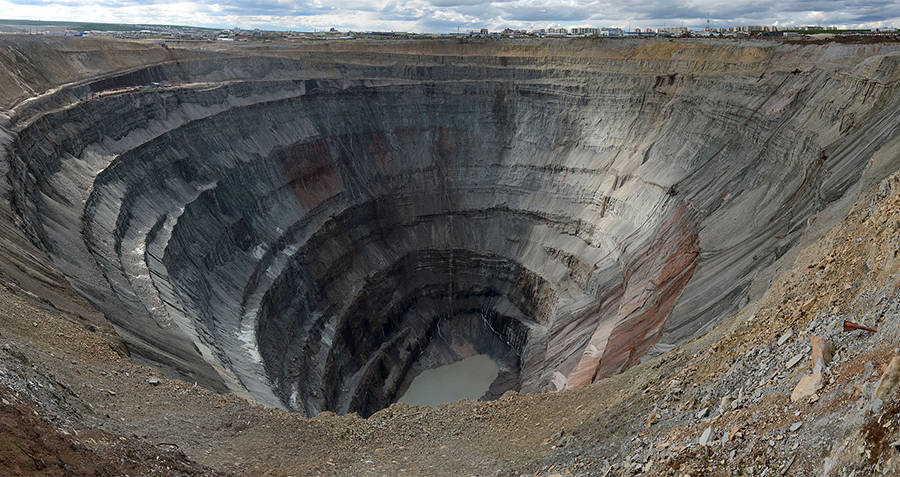The Diamond Mining Process: Challenges, Innovations, and Opportunities
June 27, 2023

The Diamond Mining Process: Challenges, Innovations, and Opportunities
The diamond mining process is a complex and challenging process that has seen various innovations over the years to mitigate its environmental and social impacts.
Diamond mining is a major industry that has been responsible for significant economic growth in many countries.
The process of diamond mining can vary depending on the location and type of deposit being mined. In some cases, diamonds are found in alluvial deposits, which are deposits of sand and gravel that have been carried by water. In other cases, diamonds are found in kimberlite pipes, which are vertical structures of volcanic rock that contain diamonds and other minerals.
In alluvial mining, the process typically involves using heavy machinery to remove the overburden (the layer of material covering the diamonds) and then using screens and other equipment to separate the diamonds from the other material. In kimberlite mining, the process typically involves drilling into the pipe and then using explosives to create an open-pit mine. Once the diamond-bearing rock has been extracted, it is crushed and processed to extract the diamonds.
Mining companies increasingly turn to technologies to improve their operations and maximize efficiency. The costs of developing a new mine can be substantial, often running into billions of dollars. This is because mining operations require a significant upfront investment in equipment, infrastructure, and personnel. Mining companies typically conduct extensive financial analysis and risk assessments before making any major investments. The potential return on investment for a mining operation can also be significant, with successful mines generating substantial revenues over many years.
Diamond mining can be a challenging and dangerous process. Miners often work in remote locations and face difficult working conditions. There are also concerns about the environmental impact of diamond mining, particularly in areas where alluvial mining is taking place. The use of heavy machinery can cause erosion and other damage to the landscape, and the chemicals used in processing the diamonds can have a negative impact on the local ecosystem.
In many countries, mining companies are required to obtain permits and comply with environmental regulations to ensure that they are operating responsibly and sustainably. These regulations may include requirements for environmental impact assessments, monitoring and reporting, and remediation and restoration activities which means they may take several steps to return the environment to its pre-mining condition or to mitigate the effects of the mining process.
In recent years, there has been growing pressure on diamond mining companies to improve labor conditions and ensure that workers are treated fairly. This includes calls for companies to pay fair wages, provide safe working conditions, and protect workers’ rights to organize and bargain collectively. Some diamond mining companies have responded to these calls by implementing policies and practices that promote fair labor standards, including paying workers a living wage, providing safe working conditions, and offering benefits such as healthcare and education.
There are also efforts to promote responsible and sustainable diamond mining practices through certification schemes, such as the Kimberley Process Certification Scheme (KPCS). The KPCS is a global initiative that aims to prevent the trade in conflict diamonds and ensure that diamonds are mined and traded in a responsible and sustainable manner. One of the requirements for certification is that participating countries must have laws and regulations in place that protect the rights of workers.
As consumers become more conscious of the ethical and environmental impact of their purchases, the diamond industry must continue to prioritize transparency and responsible practices. With ongoing efforts towards sustainability and responsible sourcing, the future of diamond mining can be a more sustainable and ethical one.

